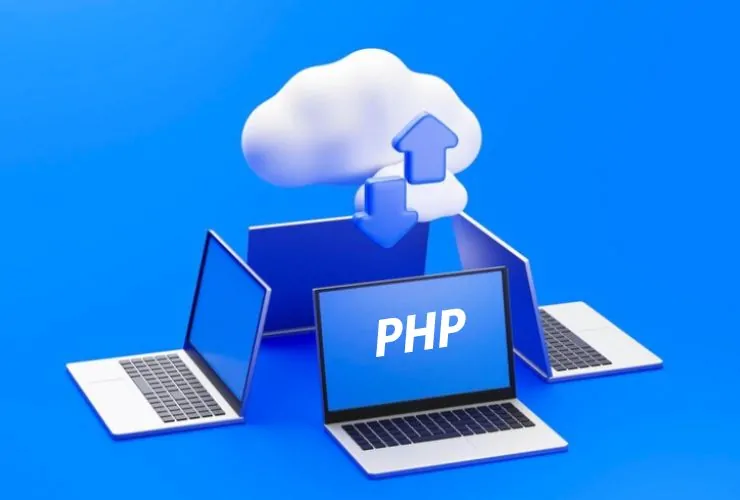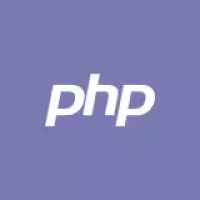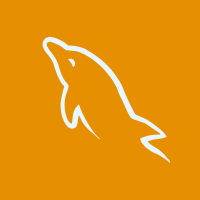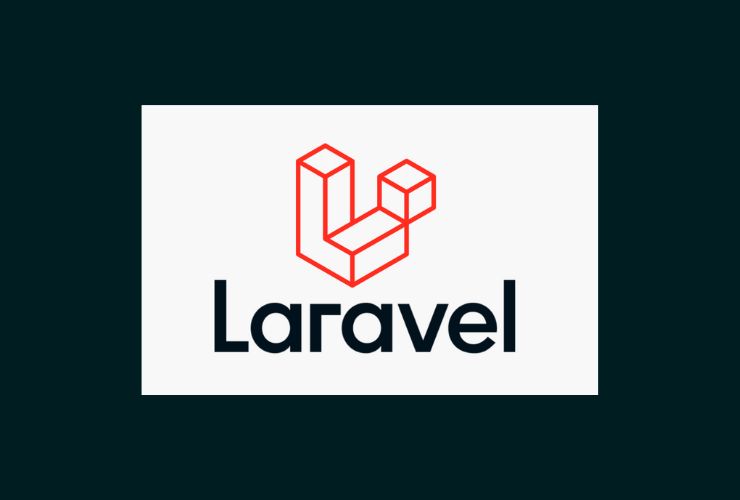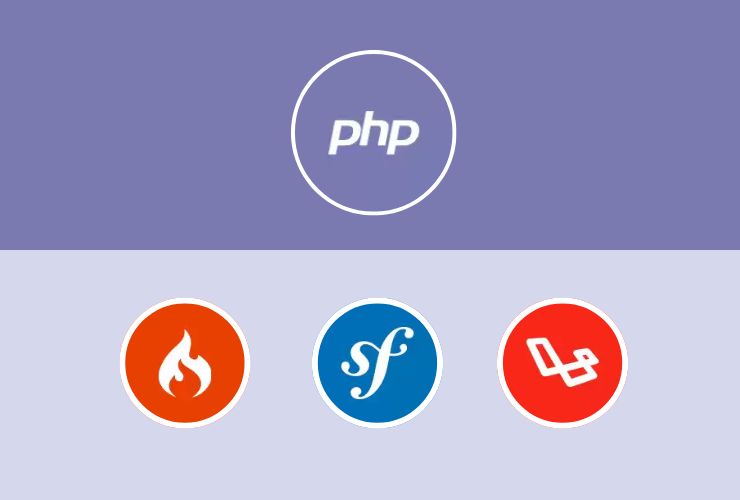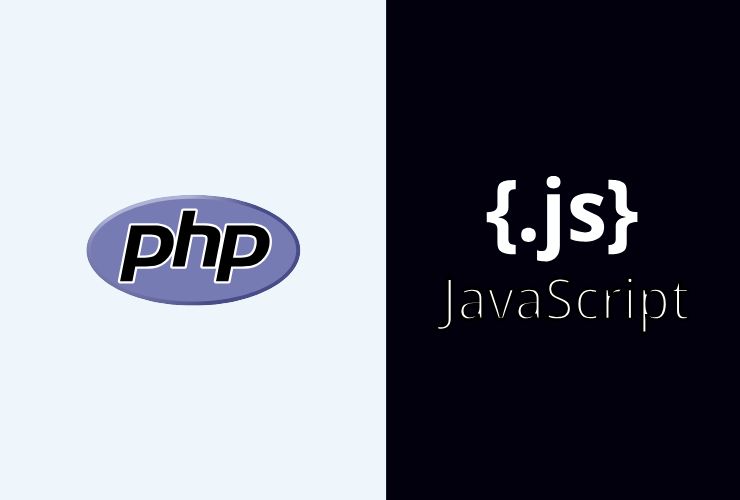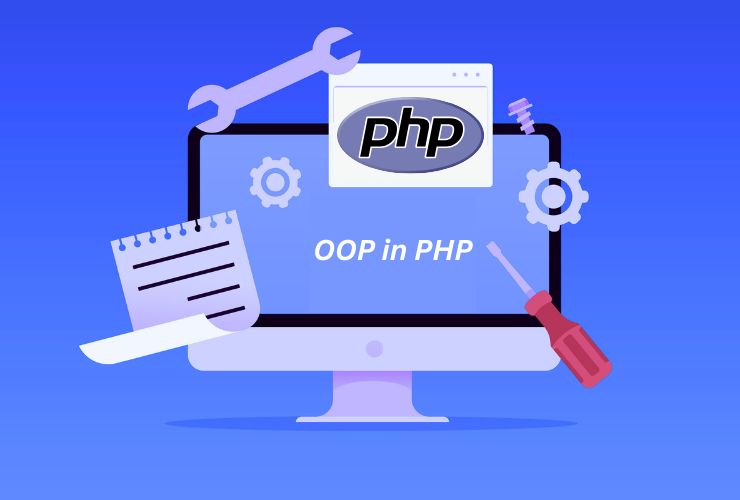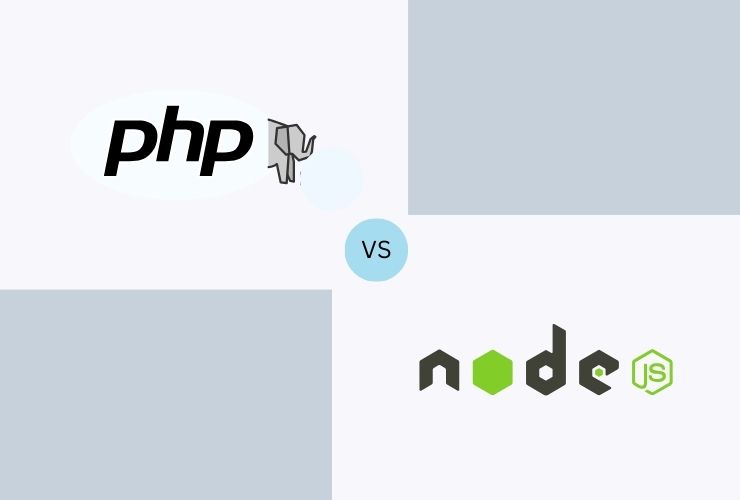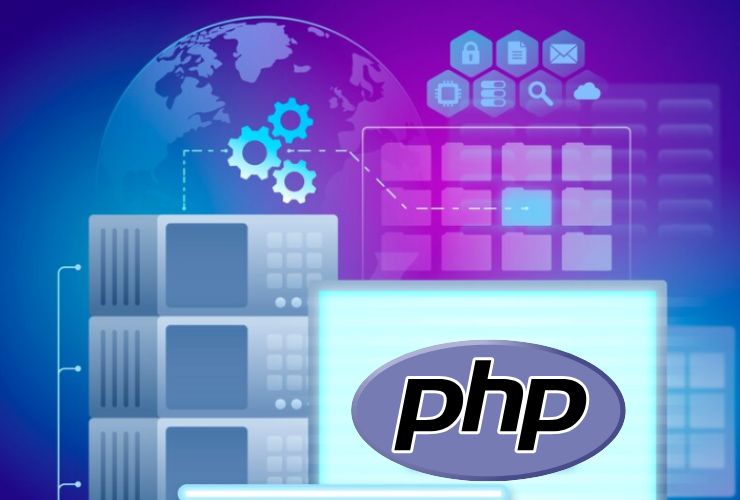In the current age of digitization, a firm has to develop scalable and high-availability web applications to outshine its counterparts. Cloud computing has emerged as the perfect choice to address the above needs. For PHP developers, the best thing about this is that with cloud platforms, they can host applications in minimal time, add resources as demanded, and perform better without the overhead of physical server management. In this blog, we’ll explore best practices for deploying and scaling your PHP applications in the cloud, including tips on choosing the right cloud provider, containerization, auto-scaling, performance monitoring, and additional strategies to secure and optimize your operations.
Understanding Cloud Deployment for PHP Applications
Cloud deployment means hosting your PHP application on cloud-based infrastructure rather than relying on traditional on-premises servers. This approach brings numerous benefits:
- Flexibility: Resources can scale up or down with your application without major infrastructure changes.
- Cost-Effectiveness: Pay only for the consumed resources due to on-demand pricing models.
- High Availability: Exploit redundancy and failover mechanisms built into the system, thereby minimizing downtime.
- Reach: Leverage a global network of data centers for serving customers located worldwide with minimum latency.
Cloud deployment is more than just fast and easy development with immediate deployment as well, while ensuring that the PHP application provides room for changing or fluctuating user traffic needs.
Some Important Steps To Host PHP in the Cloud
1. Choose Right Cloud Provider
The right selection of a cloud provider is required to ensure effective performance of the PHP application. It allows selection from providers providing features such as
- AWS: EC2 (to deploy virtual servers), Elastic Beanstalk (to reduce the complexity of deployment), and RDS to manage databases.
- Azure: Virtual Machines, App Service- for managed hosting, and Azure SQL Database-for scalable data solutions.
- GCP: Compute Engine, App Engine-for serverless deployment, and Cloud SQL-for relational database management.
When you make a choice on a provider, consider scalability, pricing models, regional data centers, and compatibility with your existing tools and workflows.
2. Containerize Your PHP Application
Containerization by Docker has significantly changed the aspect of application deployments. You pack your PHP application into containers such that it maintains consistency in application running across environments: development, testing, and production.
- Docker: With a Dockerfile for your PHP application, defining its environment; you can maintain multi-container environment, such as PHP, MySQL, and Redis, using Docker Compose.
- Kubernetes: For high-scale orchestration, Kubernetes assists with managing applications containerized, such as handling load balancing, auto-scaling, and rolling updates automatically.
Containerization simplifies deployment, yet it improves portability and scalability.
3. Implement Auto-Scaling
One of the major advantages of cloud platforms is that they can automatically scale resources based on demand:
- Vertical Scaling: Increase the resources (CPU, memory) of your existing server when needed.
- Horizontal Scaling: Add additional server instances to distribute traffic evenly.
- Auto-Scaling Policies: Configure policies based on metrics such as CPU usage, memory consumption, or response times. This ensures your PHP application remains responsive during peak traffic periods.
Auto-scaling will ensure to work at the top of its performance and avoid having any sort of service outage in case of sudden traffic spikes.
4. Optimization of Database Performance
A good PHP application strongly relies on database performance. Optimizing your database
- Managed Databases: Use managed database services such as AWS RDS, Azure SQL Database, or Google Cloud SQL. Managed databases allow automated backup, patching, and scaling.
- Database Caching: Implement caching solutions like Redis or Memcached to store frequently accessed data and hence reduce query load.
- Query Optimization: Periodically review and optimize database queries for efficient data retrieval. Use indexing on frequently queried columns to speed up searches.
Regular database maintenance will ensure fast load times and smooth application performance.
5. Monitor and Maintain Performance
Continuous monitoring is the way to maintain a high-performance PHP application:
- Performance Monitoring Tools Use tools such as New Relic, Datadog, AWS CloudWatch server metrics, performance, and rates of error along with response.
- Logging and alerting: Correct configuration of a logging system with ELK Stack or even Splunk will ensure that logs for performance on the site are captured richly. More so, critical concerns are detected much earlier alongside proper alerts.
- Schedule regular audits on the performance to review configurations, code optimizations, and infrastructure needs. Fine-tune using information from tools such as Google PageSpeed Insights, GTmetrix, and Lighthouse.
It will allow you to identify problems and correct them promptly besides informing scaling and resource-allocating decisions.
Advanced Strategies for Enhancing PHP Application Performance
Optimize JavaScript and CSS Files
The minification and combination of the CSS and JavaScript files through tools helps reduce several HTTP requests because it merges several files into one. Load asynchronously: Synchronous loading of non-critical scripts so that the page rendering is not blocked.
Enable Gzip or Brotli Compression
Reduce file size: enabling Gzip or Brotli compression on your server automatically reduces the file size of the HTML, CSS, and JavaScript files and loads faster. This one is pretty straightforward and effective
Use a content delivery network
- Global Reach: A CDN such as Cloudflare, Amazon CloudFront, or Akamai will cache your static assets across global data centers to ensure that delivery times are always faster for users anywhere.
- Low Latency: A CDN, serving files from a close server, eliminates any latency and makes the user experience much better.
Maximize Mobile Optimization
- Responsive Design: Implement your application with a responsive design that responds smoothly across all screen sizes.
- Accelerated Mobile Pages AMP: AMP implementation provides users with a faster, lighter version of your pages.
- Optimization of Mobile Assets: Remove the redirects and provide highly optimized images for mobile
Security and Cost Optimization
Security Best Practices: Secure your application with SSL certificates, firewalls, regular security patches, and robust access controls to protect against cyber threats.
- Cost Management: Through the use of cloud cost management tools, a check on usage as well as effective scaling up/down of the resource will greatly boost performance and hold costs associated with operation.
- Disaster Recovery: Make provisions for recovery. Standardize regular backups; then, while ensuring restoring steps are in order, set it up as the disaster recovery process to manage possible downtime regarding unexpected failure.
Real-Time Scenario: Scalable PHP application
E-commerce site with meteoric rise in usage since it was developed using PHP. The application moved to a cloud architecture, began to containerize with Docker, and added auto-scaling policies on AWS to deal with that level of traffic. It began caching using Redis and started utilizing Amazon RDS for its database. These actions have significantly cut load times by 40%, resulting in page speeds of 25% increased conversions. This true-life example demonstrates the strategic cloud implementation and performance optimization that drives business success.
Conclusion
It brings flexibility, cost savings, and high performance to the deployment and scaling of PHP applications in the cloud; this is indeed a strategic approach. With the appropriate cloud provider, you can be assured of delivering a seamless, responsive user experience if you containerize your application, implement auto-scaling, optimize your database, and continuously monitor performance. These best practices enhance not only customer satisfaction but also increase SEO rankings and conversion rates, making your PHP application more competitive in today’s dynamic digital market.

